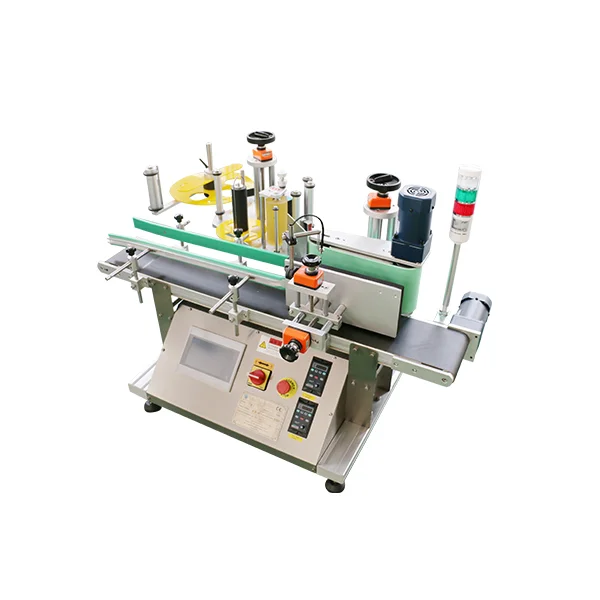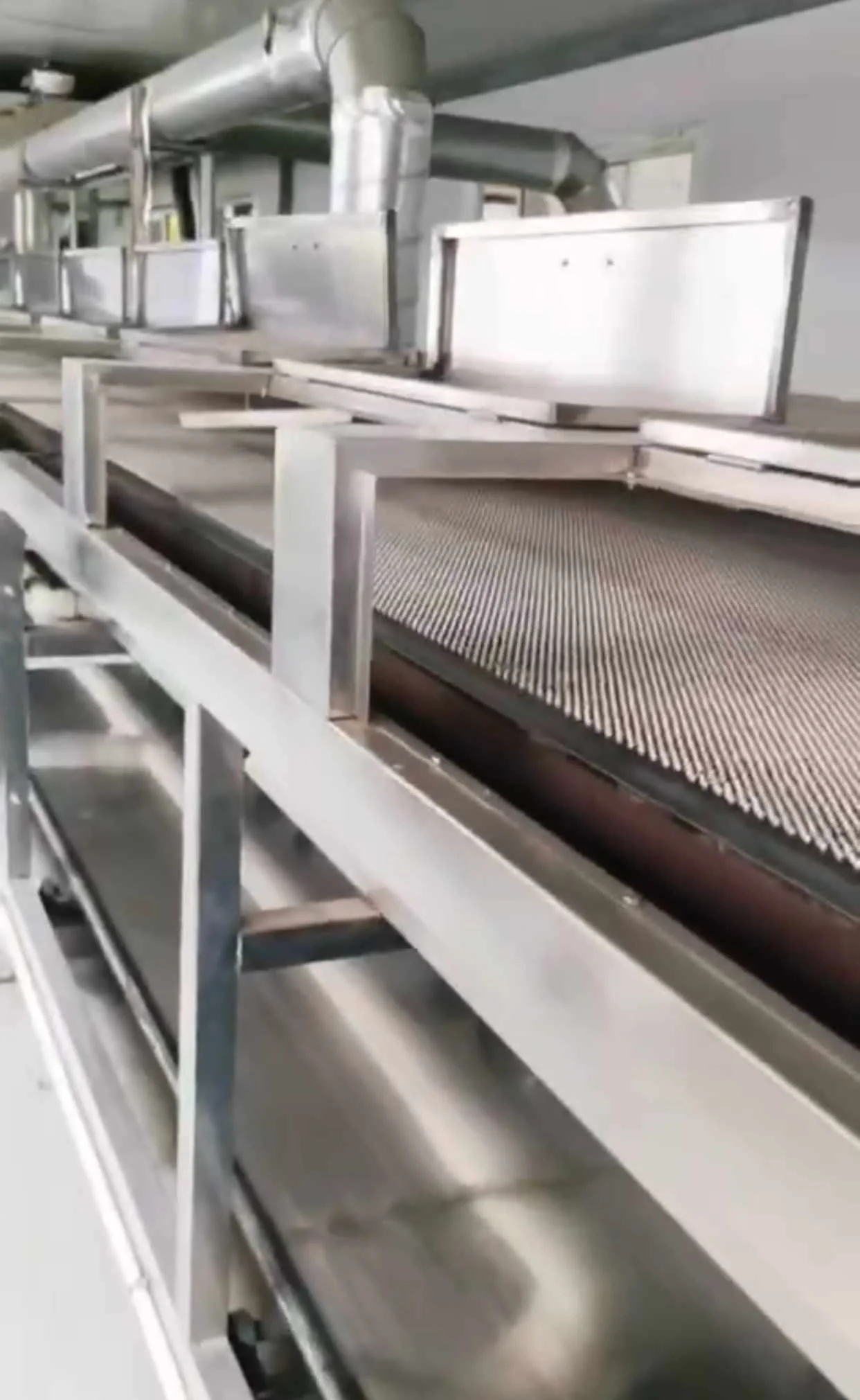In the world of engineering and manufacturing, the quest for stability and precision is a never-ending pursuit. One of the critical components that aid in achieving this is the rubber vibration damper. These devices are designed to absorb and reduce vibrations in various mechanical systems, ensuring smooth operation and extending the life of equipment. In this blog post, Zhengli will share with you the performance features of rubber vibration damper for sale, discussing their importance, types, and their contribution to the overall efficiency of the system.
Importance of Rubber Vibration Dampers
1. Noise Reduction: Vibration can generate noise, which can be detrimental to the working environment and the health of operators. Rubber dampers help in reducing noise levels by absorbing the energy from vibrations.
2. Vibration Isolation: They isolate the source of vibration from the rest of the system, preventing the transmission of vibrations to other components and structures.
3. Enhanced Stability: By dampening vibrations, rubber dampers provide a more stable platform for machinery, reducing the risk of misalignment and failure.
4. Increased Equipment Lifespan: By reducing the impact of vibrations, these dampers help in prolonging the life of machinery and equipment.
5. Improved Performance: In systems where precision is crucial, such as in the automotive and aerospace industries, rubber vibration dampers ensure optimal performance by minimizing disturbances.
Types of Rubber Vibration Dampers
1. Tuned Vibration Dampers: These dampers are designed to resonate at a specific frequency, effectively neutralizing vibrations at that frequency.
2. Viscoelastic Dampers: They utilize the viscoelastic properties of rubber to absorb and dissipate energy from vibrations over a wide frequency range.
3. Shear Dampers: These dampers work by allowing shear deformation to take place, which helps in dissipating the energy from vibrations.
4. Compression Dampers: Designed to absorb energy through compression, these dampers are useful in applications where space is limited.
5. Hydraulic Dampers: Combining the properties of rubber with hydraulic fluid, these dampers offer a high level of damping force and are suitable for heavy-duty applications.
Material Properties of Rubber
1. Elasticity: Rubber's high elasticity allows it to return to its original shape after deformation, making it ideal for absorbing and releasing energy.
2. Damping Capacity: The inherent damping properties of rubber enable it to convert kinetic energy from vibrations into heat, effectively reducing the amplitude of vibrations.
3. Temperature Resistance: High-quality rubber can maintain its performance across a wide temperature range, ensuring consistent damping performance.
4. Chemical Resistance: Rubber is resistant to various chemicals, making it suitable for use in harsh environments.
5. Aging Resistance: With proper formulation, rubber can resist aging, maintaining its performance over extended periods.

Design Considerations
1. Frequency Range: The design of a rubber damper must consider the frequency range of the expected vibrations to ensure effective damping.
2. Damping Ratio: The damping ratio is a critical parameter that determines the speed at which the vibrations are reduced.
3. Load Capacity: The damper must be designed to handle the maximum load it will be subjected to without failure.
4. Mounting Configuration: The way the damper is mounted can affect its performance, and different configurations may be required for different applications.
5. Environmental Factors: The design must take into account the environmental conditions in which the damper will operate, such as temperature, humidity, and exposure to chemicals.
Application Examples
1. Automotive Industry: Rubber dampers are used in engine mounts, suspension systems, and exhaust systems to reduce vibrations and improve ride comfort.
2. Aerospace: In aircraft, they are used to isolate vibrations from engines and other moving parts, ensuring a stable platform for sensitive instruments.
3. Construction Machinery: Heavy machinery often relies on rubber dampers to reduce the impact of vibrations on the operator and the surrounding environment.
4. Industrial Equipment: Machinery in factories, such as conveyor systems and presses, use rubber dampers to minimize vibrations that can lead to inaccuracies and wear.
5. Building Structures: In civil engineering, rubber dampers are used in bridge supports and building foundations to absorb seismic activity and reduce structural vibrations.
Conclusion
Rubber vibration dampers play a vital role in ensuring the smooth operation of various mechanical systems. Their performance features, such as noise reduction, vibration isolation, and increased stability, make them indispensable in many industries. With ongoing advancements in material science and technology, the future of rubber vibration dampers looks promising, with potential for even greater efficiency and adaptability.
Related News Of Rubber Damper
The damping capability of custom rubber vibration damper
www.allaboutrubber.com
Zhengli



